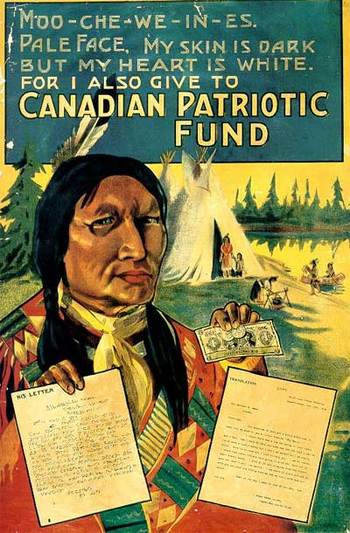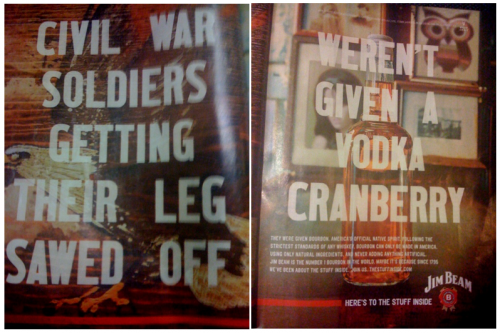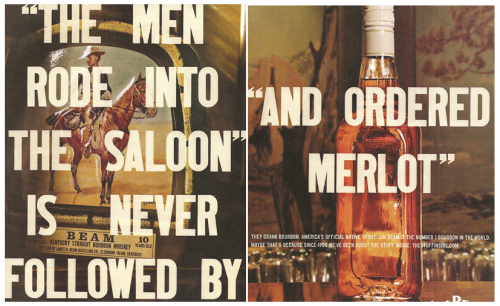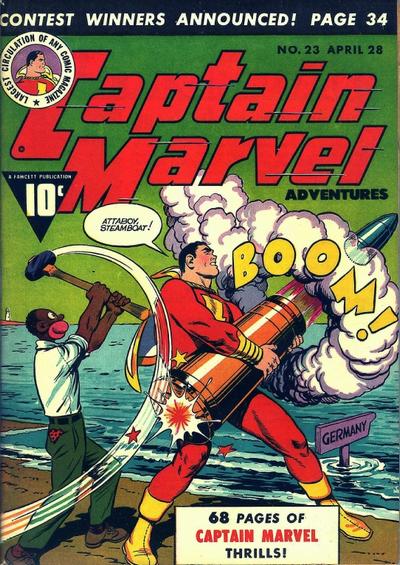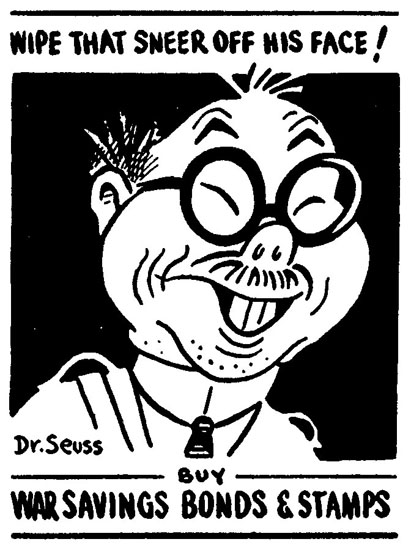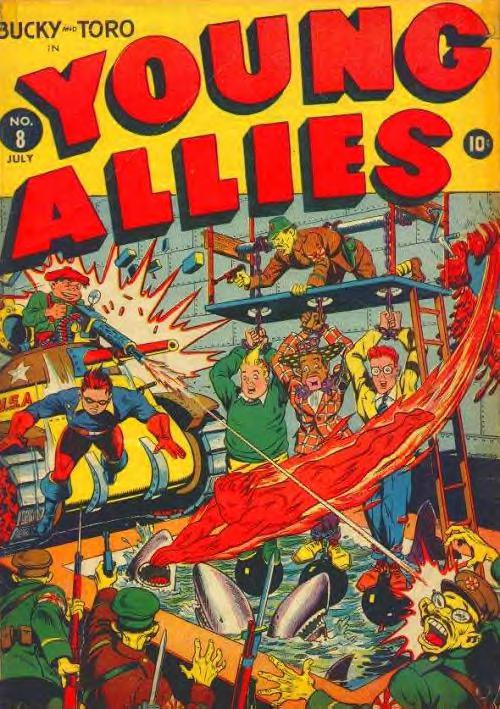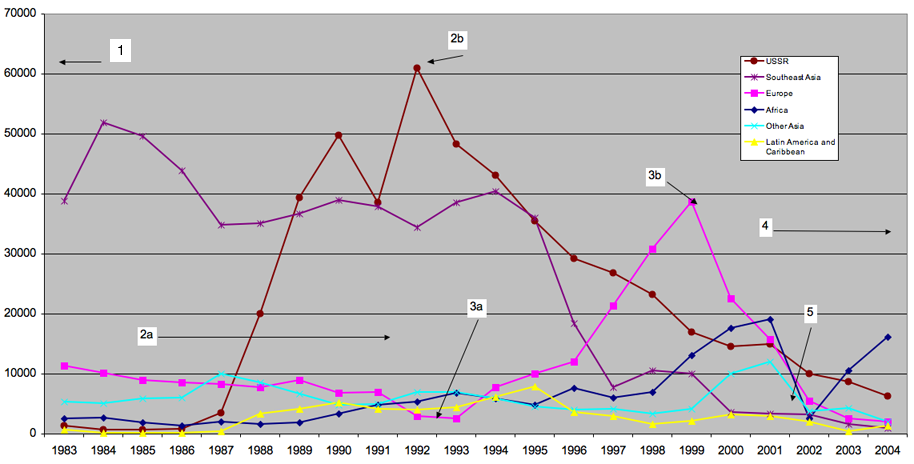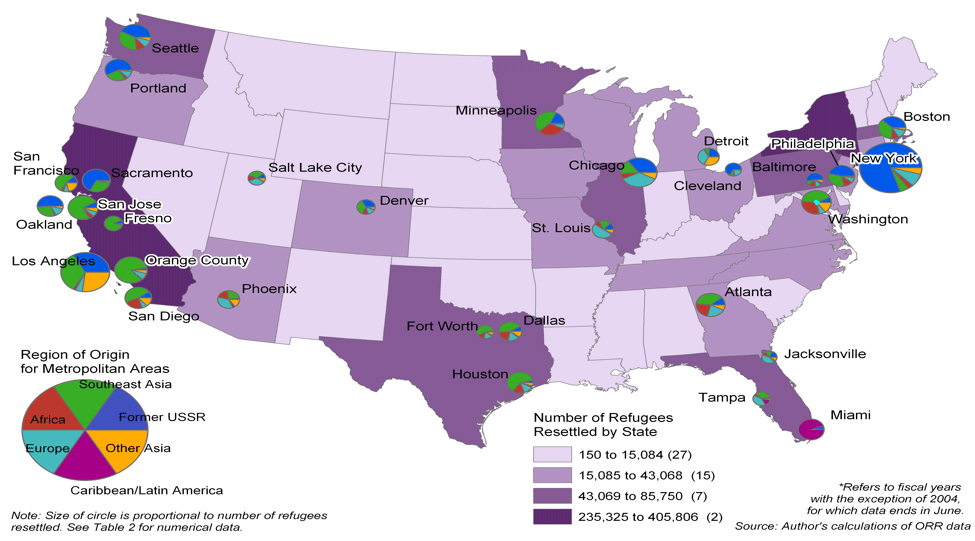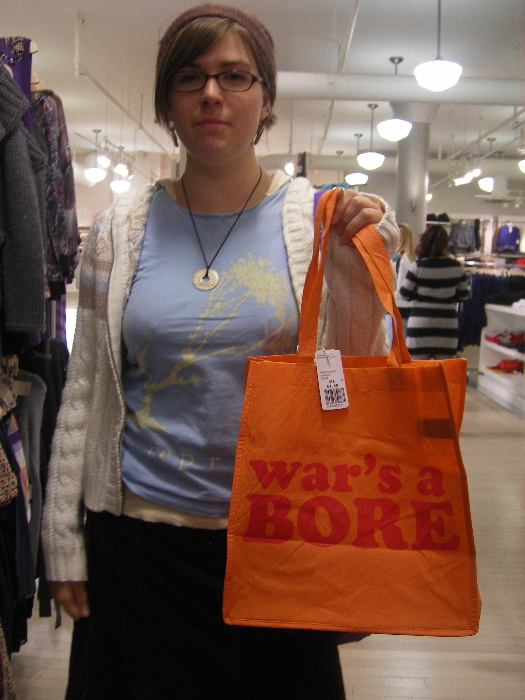I saw this bumper sticker yesterday:
Text:
If you can read this, thank a teacher. If you’re reading it in English, thank a soldier.
It reminded me of when Lisa and I visited the Atomic Testing Museum here in Vegas last year (inspired posts here and here). There was a video about atomic testing in Nevada with a lot of scientists who took part talking about it. Several of them said things to the effect of, “Yeah, ok, so it turns out testing nuclear bombs had some negative effects for people, and we’re sorry about that. But we had to do it, and if we didn’t, you’d be living in the Soviet Union right now!”
I understand that the point of the bumper sticker is that speaking English means we haven’t been taken over by some other country that doesn’t speak English (apparently we don’t have to worry about Britain, Canada, or the many former colonies where at least a large minority speak English or where it is the language used for official government matters) and haven’t been forced to adopt their culture. But I have to say, when I think of things that would worry me if some other country took over the U.S., whether we’d continue to speak English wouldn’t be my top concern.


